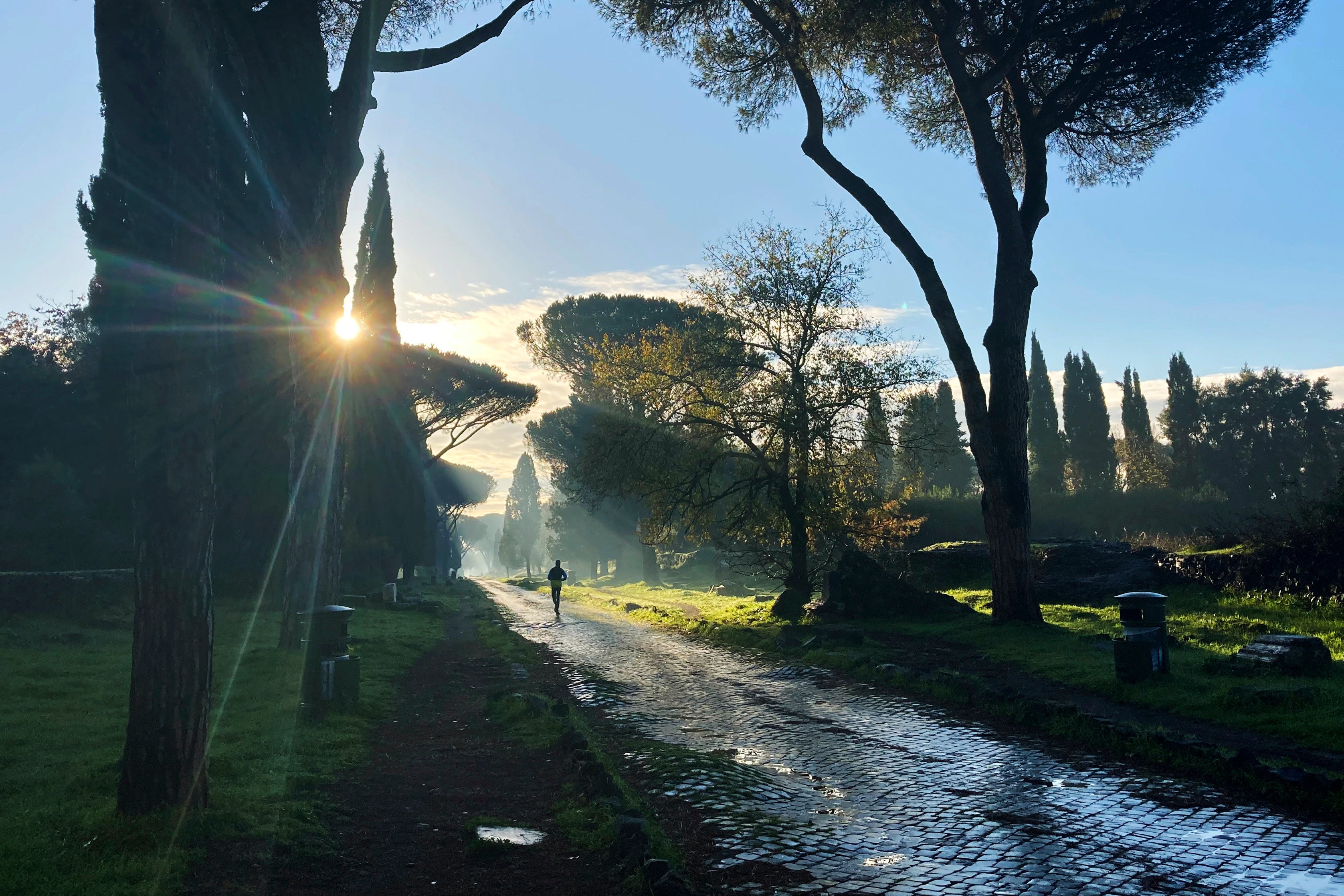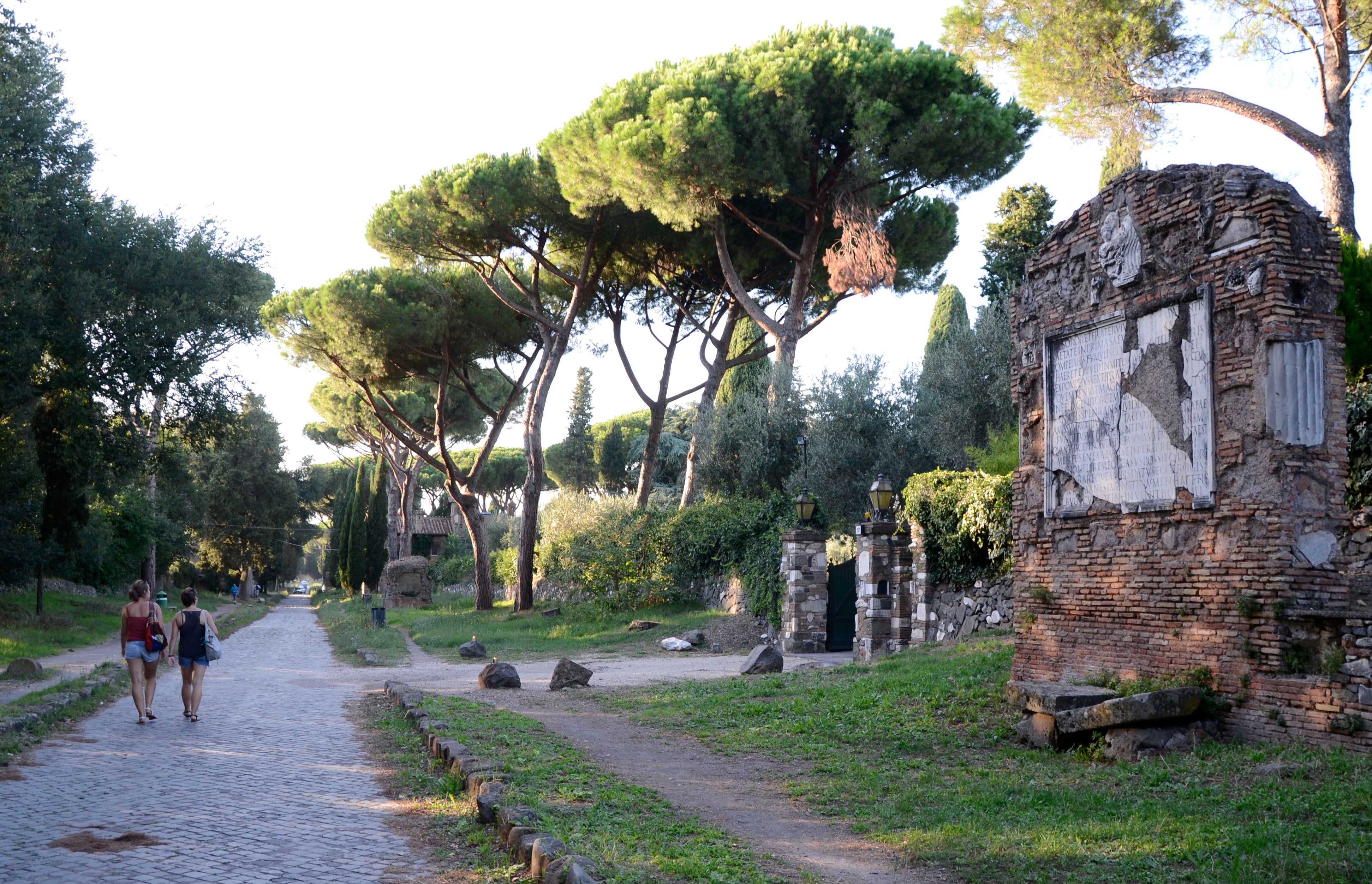Italy’s ‘Queen of Roads’ becomes country’s 60th UNESCO World Heritage site
The Appian Way marked a revolution in road construction

Your support helps us to tell the story
From reproductive rights to climate change to Big Tech, The Independent is on the ground when the story is developing. Whether it's investigating the financials of Elon Musk's pro-Trump PAC or producing our latest documentary, 'The A Word', which shines a light on the American women fighting for reproductive rights, we know how important it is to parse out the facts from the messaging.
At such a critical moment in US history, we need reporters on the ground. Your donation allows us to keep sending journalists to speak to both sides of the story.
The Independent is trusted by Americans across the entire political spectrum. And unlike many other quality news outlets, we choose not to lock Americans out of our reporting and analysis with paywalls. We believe quality journalism should be available to everyone, paid for by those who can afford it.
Your support makes all the difference.The Appian Way, the ancient Romans’ first highway and a tourist attraction in modern Rome, has been added to the United Nations’ cultural heritage list.
Italy’s ancient Roman Appian Way was admitted to the UNESCO World Heritage List on Saturday, becoming the country’s 60th entry on the list.
At more than 800 kilometers (500 miles) long, the Appian Way, known as the “Queen of Roads,” is the oldest and most important of the great roads built by the Ancient Romans from 312 B.C.
The Appian Way marked a revolution in road construction, quickly becoming the most important roadway connecting Rome with the southern part of the peninsula.
This strategic corridor ensured access in all weather conditions and allowed Roman legions swift and unchallenged conquests.
The bid for its inclusion in the UNESCO heritage list, prepared by Italy’s Culture ministry, was declared successful during the 46th session of the World Heritage Committee, taking place in New Delhi.
“It was originally conceived as a strategic road for military conquest, advancing towards the East and Asia Minor,” UNESCO said. “The Via Appia later enabled the cities it connected to grow and new settlements emerged, facilitating agricultural production and trade.”

The road, composed of 22 parts, is an ensemble of engineering works, illustrating “the advanced technical skill of Roman engineers in the construction of roads, civil engineering projects, infrastructure and sweeping land reclamation works, as well as a vast series of monumental structures,” UNESCO added.
Nowadays, the ancient Appian Way is not only a big open-air museum started in the 1800s, but also an immense green area, a place where Romans and tourists go for leisure time, biking, hiking and visiting monuments. The whole area is a protected archaeological park.
UNESCO also added a series of outdoor sculptures by Romanian modernist master Constantin Brancusi to its list of world heritage sites on Saturday, celebrating their place as one of the most notable examples of 20th-century public art.
Brancusi created the open-air collection that includes the “Endless Column” and the “Gate of the Kiss” in the small south-western Romanian town of Targu Jiu in 1937-1938 as a tribute to fallen World War I soldiers.
The five sculptural installations aligned on a 1.5-km-long axis along Targu Jiu’s central Avenue of Heroes are one of the few Brancusi works located in Romania.